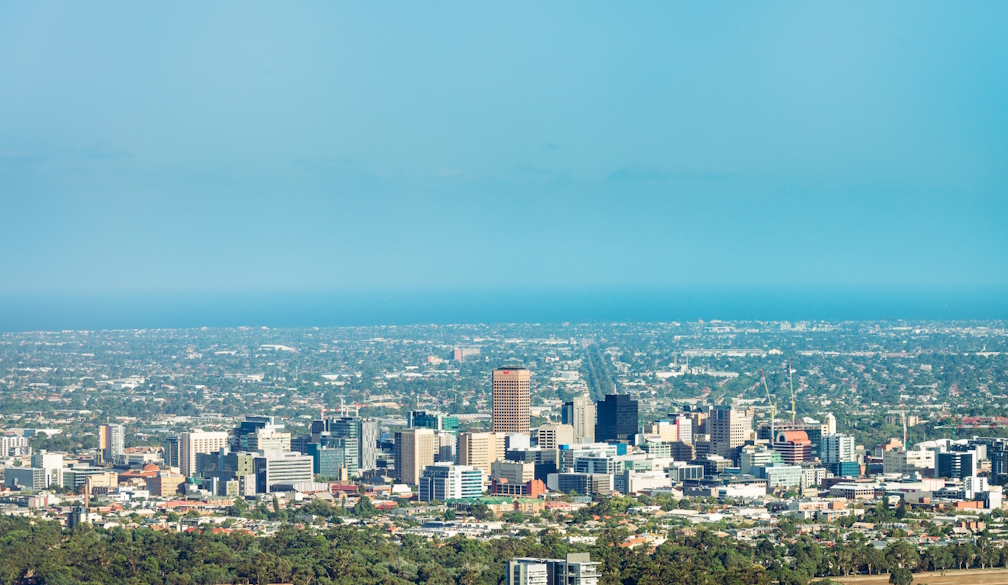How House and Land Packages in Adelaide Simplify the Building Process
- Written by Scene Magazine

Navigating the journey to homeownership can often feel daunting, particularly for first-time buyers. However, house and land packages in Adelaide offer a simplified approach that streamlines the entire process, making it more accessible and less stressful.
- Comprehensive Solutions
House and land packages combine the purchase of land with the construction of a new home, eliminating the need to source these elements separately. This all-in-one solution means buyers can focus on designing their dream home without worrying about the complexities of land acquisition and construction contracts.
- Expert Guidance
Many developers of house and land packages provide expert guidance throughout the building process. From initial planning to the final touches, builders can offer insights and advice based on their experience in the industry. This support can be invaluable for first-time buyers, as they may not fully understand the ins and outs of home construction.
- Fixed Costs and Financial Planning
With a house and land package, buyers typically receive a fixed-price contract. This feature allows for better financial planning, as there are no hidden costs or unexpected expenses. Knowing the total price upfront means buyers can secure financing with confidence and avoid any surprises during the building process.
- Customisation Options
While house and land packages offer a streamlined process, they do not compromise on customisation. Buyers often have the opportunity to select floor plans, materials, and design features, ensuring their new home reflects their individual style and meets their family's needs. This blend of simplicity and personalisation makes house and land packages particularly appealing.
- Future Growth Potential
Choosing a house and land package often means investing in a growing area. Many packages are located in newly developed suburbs, which may see property values rise as the community matures. This potential for growth can provide homeowners with a strong return on investment in the long run.
In conclusion, house and land packages in Adelaide simplify the building process for prospective homeowners. With comprehensive solutions, expert guidance, fixed costs, customisation options, and potential for future growth, these packages are an excellent choice for those looking to build their dream home with ease.


















